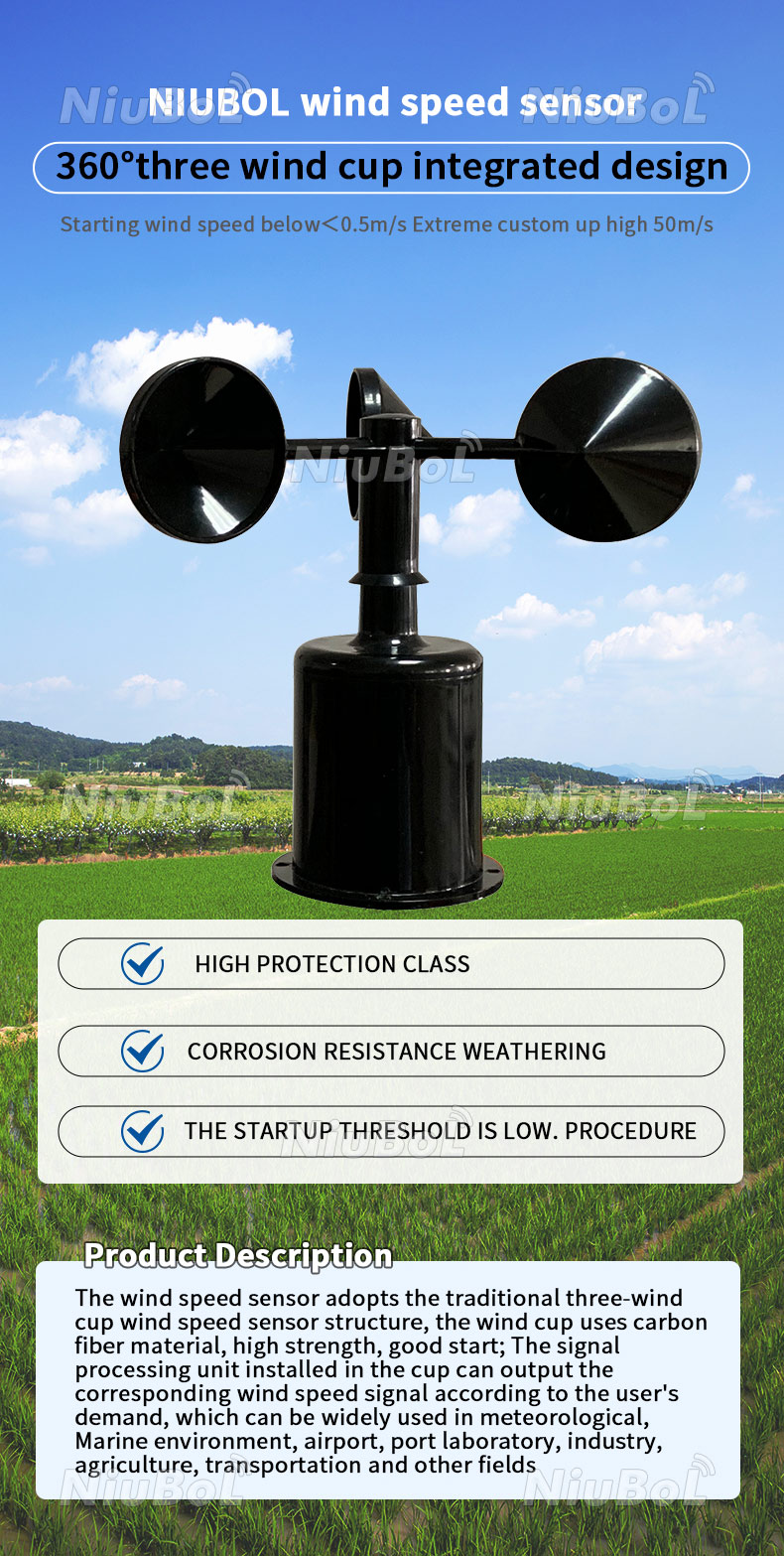Professional Tips for Adjusting Your Anemometer for Optimum Efficiency
Professional Tips for Adjusting Your Anemometer for Optimum Efficiency
Blog Article
All You Required to Learn About Anemometers: How They Function, Why They Matter, and Where to Use Them
Anemometers, however commonly ignored in the realm of scientific tools, play a critical role in numerous areas, providing valuable insights right into wind rate and air movement patterns. Understanding the auto mechanics behind these devices is crucial for any individual looking for to harness the power of this information. From meteorologists tracking weather patterns to designers creating frameworks with wind loads in mind, the applications of anemometers are far-ranging and diverse. As we delve right into the intricacies of anemometer innovation, we will uncover the internal functions of these tools, their value, and the key considerations when picking the best anemometer for details applications.

Anemometer Basics
An essential tool utilized to gauge wind rate and direction, the anemometer plays a vital role in meteorology and numerous sectors. An anemometer normally is composed of 3 or 4 mugs that revolve in the wind, a vane that directs right into the wind, and sensors to track the turnings or activities.
There are different types of anemometers available, consisting of mug anemometers, vane anemometers, hot-wire anemometers, and sonic anemometers, each with its unique attributes and applications. Mug anemometers are typically utilized for fundamental wind speed measurements, while vane anemometers are liked for directional dimensions.
Concepts of Anemometer Procedure
Structure on the foundational understanding of anemometer essentials, the concepts of anemometer procedure illuminate the technicians behind wind rate and instructions measurements. Anemometers operate on the principle of airflow affecting a sensing unit, causing it to turn. Mug anemometers, for circumstances, have three or even more cups that record the wind, causing them to spin faster as the wind rate boosts. The turning speed is after that transformed into a wind rate dimension. Vane anemometers, on the various other hand, utilize a tail or a probe that straightens itself with the wind instructions, supplying a measurement of wind direction based upon the orientation of the sensor. Hot-wire anemometers count on a heated cord that cools down as wind overlooks it, with the price of cooling down identifying the wind speed. Ultrasonic anemometers measure wind rate and direction by assessing the moment it takes for ultrasonic signals to take a trip in between transducers. Understanding these principles is crucial for exact and reliable wind dimensions in different applications.
Significance of Anemometers
Anemometers play a vital function in gauging wind speed and instructions, offering vital data for climate projecting, environment researches, environmental surveillance, and air travel operations. Meteorologists count on anemometers to gather exact wind data, aiding them comprehend climate patterns, predict tornados, and problem prompt warnings to the public. Wind farm operators utilize anemometers to analyze wind problems and make the most of electrical power manufacturing from wind generators.
Applications Across Different Industries
Applications of anemometers extend throughout varied industries, showcasing their flexibility and utility beyond weather forecasting. In the renewable power market, anemometers play a crucial function in analyzing wind conditions for wind farm placements, ensuring optimal energy production. Industries like construction and mining use anemometers to monitor wind rates, important for safety and security protocols, particularly when operating at heights or in open-pit mines where strong winds can present hazards. Anemometers are likewise indispensable in the air travel sector, helping pilots in understanding airspeed and wind instructions for secure liftoffs and landings. The maritime industry gain from anemometers for ship navigating, helping seafarers expect climate modifications and adjust courses as necessary. In agriculture, anemometers help farmers in managing plant splashing by giving real-time data on wind speed to avoid drift. Anemometers discover applications in A/c systems to optimize air flow and boost power efficiency in structures. The varied usage situations of anemometers underscore their value across numerous industries, highlighting their essential function in enhancing functional safety and efficiency (anemometer).

Selecting the Right Anemometer for Your Requirements
Selecting the appropriate anemometer tailored to your certain demands is necessary for acquiring exact wind rate and instructions dimensions. When picking an anemometer, take into consideration elements such as the designated application, called for measurement range, environmental problems, and wanted features. For basic objectives, a cup anemometer is appropriate for measuring wind speed, while a vane anemometer supplies wind instructions information. Hot-wire anemometers are suitable for reduced airspeed measurements, and ultrasonic anemometers provide high accuracy and durability.

Conclusion
In conclusion, anemometers play a crucial function in determining wind rate and direction across various markets. Understanding the concepts of anemometer operation is essential for choosing the ideal gadget for details demands. From meteorology to aviation, anemometers are crucial tools for making sure and collecting exact data safety in different applications. It is important to take into consideration the relevance of anemometers in order to make educated choices when selecting the most suitable tool for gauging wind conditions.
There are different types of anemometers offered, including mug anemometers, vane anemometers, hot-wire anemometers, and sonic anemometers, each with its special attributes and applications. home Mug anemometers are commonly used for standard wind speed measurements, while vane anemometers are liked for directional dimensions. Hot-wire anemometers are appropriate for reduced airspeeds, and sonic anemometers are excellent for high-precision measurements in research study and commercial setups.Building on the foundational understanding of anemometer fundamentals, the principles of anemometer procedure illuminate the technicians behind wind speed and direction measurements. For basic objectives, here are the findings a cup anemometer is appropriate for gauging wind rate, while a vane anemometer provides wind direction data.
Report this page